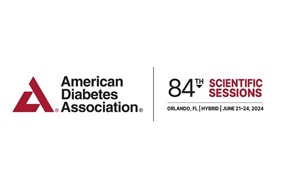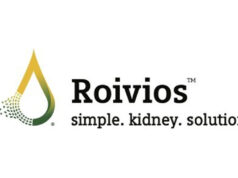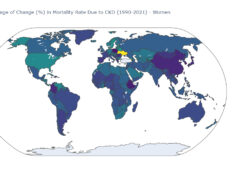 Findings from the ATTEMPT (The adolescent type 1 diabetes treatment with SGLT2i for hyperglycaemia and hyperfiltration trial) study that show that a low dose of SGLT2 inhibitor could safely be given to youth and adolescents with type 1 diabetes to improve kidney function and glycaemic management have recently been announced in a press release from the American Diabetes Association (ADA). ATTEMPT is the first of its kind, “landmark” trial designed to evaluate the effectiveness of SGLT2 inhibitors to optimise diabetes control and prevent early subclinical kidney complications in an at-risk paediatric population with type 1 diabetes. The results were presented as part of a late-breaking symposium at the 84th Scientific Sessions of the ADA (21–24 June, Orlando, USA).
Findings from the ATTEMPT (The adolescent type 1 diabetes treatment with SGLT2i for hyperglycaemia and hyperfiltration trial) study that show that a low dose of SGLT2 inhibitor could safely be given to youth and adolescents with type 1 diabetes to improve kidney function and glycaemic management have recently been announced in a press release from the American Diabetes Association (ADA). ATTEMPT is the first of its kind, “landmark” trial designed to evaluate the effectiveness of SGLT2 inhibitors to optimise diabetes control and prevent early subclinical kidney complications in an at-risk paediatric population with type 1 diabetes. The results were presented as part of a late-breaking symposium at the 84th Scientific Sessions of the ADA (21–24 June, Orlando, USA).
According to the ADA, type 1 diabetes impacts 352,000 children and adolescents younger than the age of 20 years, and is the leading cause of kidney disease, highlighting the need for renal precautions and interventions among individuals with diabetes. It states that roughly 65% of children with type 1 diabetes may experience kidney complications, which can lead to chronic kidney disease (CKD) as they age.
ATTEMPT is a double-blinded, randomised, placebo-controlled trial that evaluated the impact of the sodium-glucose co-transporter-2 (SGLT2) inhibitor, dapagliflozin, versus a placebo in combination with insulin therapy in adolescents with type 1 diabetes. Over a 16-week monitoring period, this trial assessed renal mechanistic evaluations with direct measurement of glomerular filtration rate (GFR), glycaemic control (HbA1c), and safety outcomes in 98 participants with type 1 diabetes. As a result, the investigators for the ATTEMPT trial state that it provides “essential information in establishing a framework for young adolescents to evaluate key physiologic, mechanistic, and metabolic outcomes when using SGLT2i alongside insulin in type 1 diabetes”.
The authors argue that the results of the study demonstrated that a low dose of SGLT2 inhibitor could safely be given to youths and adolescents to improve kidney function, as well as improve glycaemic management. Treatment with low-dose dapagliflozin attenuated direct measures of GFR and was associated with a significant decline in HbA1c of 0.48%. They also state that no significant differences in the proportion of participants who experienced adverse events, elevated ketone levels, hypoglycaemia and genitourinary tract infections in the dapagliflozin versus placebo groups were seen. A single case of mild diabetic ketoacidosis (DKA) was seen in the dapagliflozin group. While rates of DKA were low, a greater number of elevated blood ketone events ≥0.6mmol/L were seen in the dapagliflozin group versus placebo group, emphasising the patient-centred DKA risk mitigation education strategy operationalised during the study.
The authors note that the trial was designed with protocols to successfully mitigate the risk for DKA, a risk that will need to be considered before these drugs can be widely used in clinical practice. They also state that the ATTEMPT trial paves the way for researchers to produce longer studies that could help better understand additional benefits of adjunctive therapy in type 1 diabetes.
Commenting on the results of the trial, the lead investigator of the study, Farid Mahmud (University of Toronto, Toronto, Canada), said: “This study paves the way for us to evaluate treatments that can reduce kidney disease progression for those with type 1 diabetes. These findings also give us meaningful insights as we look into how we optimise diabetes management in youth and young adults during a challenging period associated with kidney disease progression and above-target A1c.”












